Home>Gardening & Outdoor>Landscaping Ideas>How To Recognize Bermuda Grass
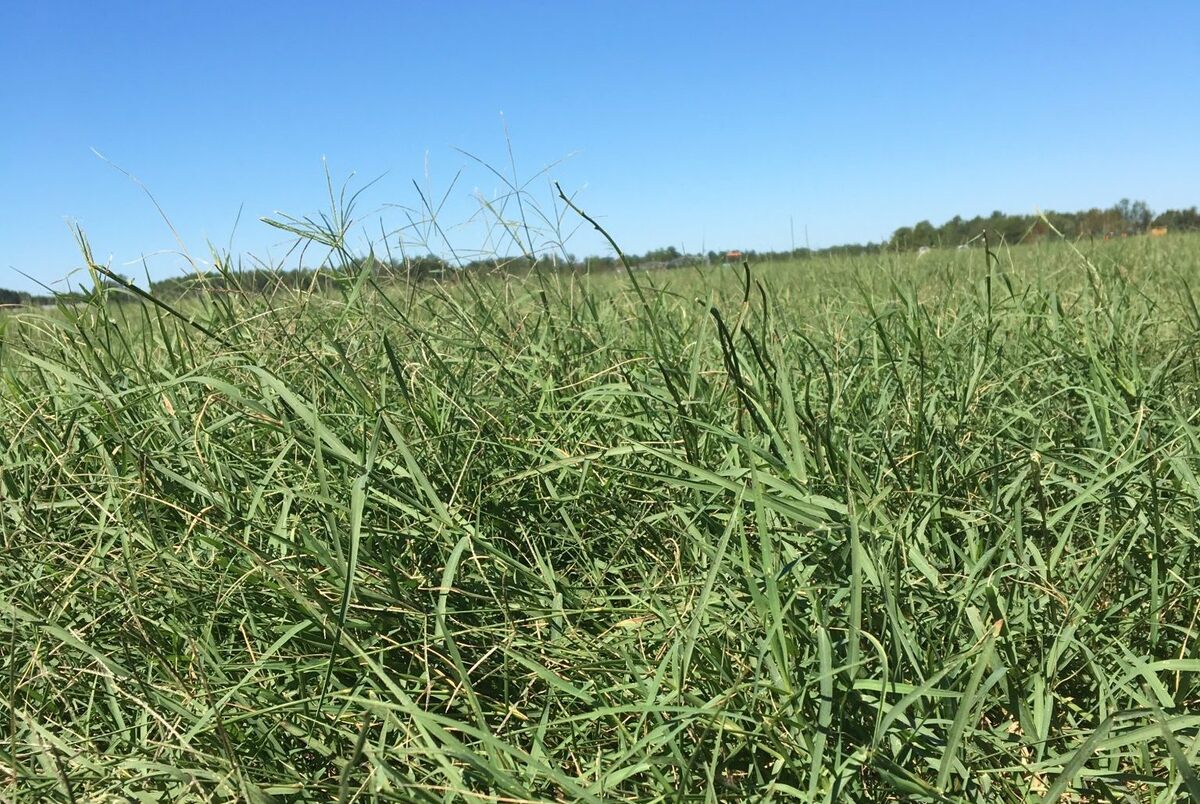

Landscaping Ideas
How To Recognize Bermuda Grass
Modified: March 27, 2024
Learn how to identify Bermuda grass and get expert landscaping ideas to manage it effectively. Find tips and techniques for recognizing and dealing with Bermuda grass in your lawn.
(Many of the links in this article redirect to a specific reviewed product. Your purchase of these products through affiliate links helps to generate commission for Storables.com, at no extra cost. Learn more)
Introduction
Welcome to the fascinating world of Bermuda grass! Whether you're a seasoned gardener, a landscaping enthusiast, or a homeowner looking to spruce up your lawn, understanding the nuances of Bermuda grass can elevate your landscaping game to the next level. This resilient and versatile grass species is a popular choice for lawns, parks, golf courses, and athletic fields due to its exceptional durability and ability to thrive in diverse climates. In this comprehensive guide, we'll delve into the distinct characteristics of Bermuda grass, its growth habits, and environmental preferences, and equip you with the knowledge to identify this grass with confidence. By the end of this article, you'll be able to recognize Bermuda grass at a glance, ensuring that your landscape flourishes with the vibrant greenery and lushness that this remarkable grass variety offers. So, let's embark on this enlightening journey and unravel the secrets of Bermuda grass together!
Key Takeaways:
- Bermuda grass is a tough and beautiful choice for lawns and parks, thriving in warm climates and withstanding heavy use. Its fine texture and vibrant green color make landscapes pop with enduring beauty.
- To recognize Bermuda grass, look for its narrow, V-shaped leaves, low-growing dense mats, and delicate seed heads. Be aware of common look-alikes like couch grass and centipede grass to make accurate identifications.
Read more: How To Plug Bermuda Grass
Appearance of Bermuda Grass
Bermuda grass, scientifically known as Cynodon dactylon, boasts a distinctive appearance that sets it apart from other grass species. Its fine to medium texture gives it a velvety, carpet-like look, enhancing the visual appeal of any landscape it adorns. The blades of Bermuda grass are narrow and can range from light green to deep emerald in color, depending on various factors such as soil nutrients, sunlight exposure, and climate conditions. This grass typically forms dense, low-growing mats, creating a lush and uniform surface that is both aesthetically pleasing and functional.
During the growing season, Bermuda grass produces slender, wiry stems that give rise to delicate seed heads, adding an ethereal charm to its overall appearance. These seed heads, often characterized by their unique spiky structure, contribute to the ornamental value of Bermuda grass and can sway gently in the breeze, creating a mesmerizing visual effect. Additionally, the resilient nature of Bermuda grass enables it to withstand foot traffic and mowing, making it an ideal choice for high-traffic areas where its durability and regenerative capabilities shine through.
Moreover, Bermuda grass exhibits exceptional adaptability, thriving in various soil types and tolerating both drought and heat with remarkable resilience. Its ability to retain its vibrant green hue even in the face of adverse conditions further enhances its allure, making it a sought-after grass variety for landscapes that demand enduring beauty and functionality.
Growth Habit and Characteristics
Bermuda grass is renowned for its vigorous growth habit and remarkable resilience, making it a top choice for lawns, sports fields, and recreational areas. This warm-season perennial grass exhibits an aggressive spreading nature, rapidly colonizing bare patches and filling in spaces with its dense and lush growth. Its robust rhizomes and stolons enable it to establish a strong foothold in the soil, creating a resilient turf that can withstand heavy use and rapidly recover from stress.
One of the defining characteristics of Bermuda grass is its exceptional tolerance to mowing, allowing it to thrive under varying mowing heights. This adaptability makes it a versatile option for landscapes with diverse mowing preferences, from closely cropped lawns to slightly longer turf in recreational settings. Additionally, Bermuda grass demonstrates a rapid regrowth capacity, quickly rejuvenating after mowing or damage, ensuring that the landscape maintains its vibrant and well-manicured appearance.
Furthermore, Bermuda grass exhibits a remarkable ability to establish itself in both sunny and partially shaded areas, although it thrives best in full sunlight. Its adaptability to different light conditions makes it a versatile choice for landscapes with varying sun exposure, ensuring that it can flourish in a wide range of environments. This adaptability, coupled with its rapid growth and regenerative capabilities, solidifies Bermuda grass’s status as a premier choice for landscapes that demand resilience and enduring beauty.
When it comes to maintenance, Bermuda grass requires regular watering and fertilization to support its vigorous growth and vibrant color. Proper care and maintenance practices, including a well-executed mowing schedule and adequate irrigation, contribute to the development of a lush and healthy Bermuda grass lawn, enhancing the overall appeal of the landscape.
Environmental Preferences
Bermuda grass thrives in warm climates and exhibits a preference for regions with ample sunlight and high temperatures. Its exceptional heat tolerance enables it to flourish in environments where other grass species may struggle, making it an ideal choice for landscapes in southern regions and areas with hot, arid climates. The ability of Bermuda grass to maintain its vibrant green color and robust growth even in the face of intense heat sets it apart as a resilient and visually striking option for landscapes that experience prolonged periods of warm weather.
In addition to its affinity for warmth, Bermuda grass displays remarkable drought tolerance, allowing it to endure extended periods of limited water availability. This characteristic makes it a valuable asset for landscapes in regions prone to drought or water restrictions, where maintaining green and healthy turf can be challenging. The ability of Bermuda grass to conserve moisture and thrive in arid conditions underscores its suitability for landscapes that demand water-efficient and resilient grass varieties.
Furthermore, Bermuda grass exhibits a preference for well-drained soil, thriving in areas with good soil drainage and minimal waterlogging. Its adaptability to various soil types, including sandy and loamy soils, contributes to its widespread popularity and makes it an excellent choice for landscapes with diverse soil compositions. The resilience of Bermuda grass in the face of varying soil conditions further enhances its appeal, ensuring that it can flourish in a wide range of environmental settings.
When it comes to sunlight requirements, Bermuda grass flourishes in full sunlight, displaying optimal growth and vibrant coloration in areas with abundant sunshine. While it can tolerate partial shade, its growth may be somewhat inhibited in shaded areas, making it best suited for landscapes with ample exposure to sunlight. The preference of Bermuda grass for sunlight underscores its suitability for open and sun-drenched landscapes, where it can thrive and showcase its lush and resilient growth habits.
Bermuda grass has wiry stems and fine blades with a grayish-green color. Look for its distinctive V-shaped seed heads and its ability to spread rapidly through above-ground runners called stolons.
How to Identify Bermuda Grass
Recognizing Bermuda grass amidst a variety of turf species involves paying attention to its distinct characteristics and growth patterns. Here are key features to help you identify this resilient and visually appealing grass:
- Leaf Structure: Bermuda grass leaves are narrow and can vary in color from light green to deep emerald, presenting a fine to medium texture. The blades are typically arranged in a V-shaped pattern along the stem, contributing to its unique and recognizable appearance.
- Growth Habit: Bermuda grass exhibits a low-growing and dense growth habit, forming a lush and uniform turf that is resilient to foot traffic and mowing. Its ability to rapidly fill in bare patches and establish a dense mat sets it apart from other grass varieties.
- Seed Heads: During the growing season, Bermuda grass produces distinctive seed heads characterized by their slender and spiky structure. These seed heads add ornamental value to the grass and contribute to its visual appeal.
- Resilience to Mowing: Bermuda grass displays exceptional tolerance to mowing, allowing it to thrive under varying mowing heights and rapidly regenerate after cutting. Its ability to maintain a vibrant green hue and lush appearance post-mowing is a key identifying trait.
- Heat and Drought Tolerance: The ability of Bermuda grass to maintain its vibrant color and robust growth even in high temperatures and drought conditions is a distinguishing characteristic, making it well-suited for warm and arid environments.
When attempting to identify Bermuda grass, it’s essential to consider its growth behavior, leaf structure, and visual characteristics, as these aspects collectively contribute to its unique and recognizable appearance. By familiarizing yourself with these defining traits, you can confidently identify Bermuda grass and harness its remarkable attributes to enhance your landscape.
Read more: How To Care For Bermuda Grass
Common Misidentifications
Despite its distinct characteristics, Bermuda grass is occasionally misidentified, especially when compared to similar-looking grass species. Common misidentifications of Bermuda grass may arise due to similarities in appearance and growth habits. Here are some grass species that are often mistaken for Bermuda grass:
- Couch Grass (Cynodon dactylon): Also known as wiregrass or quickgrass, couch grass bears a striking resemblance to Bermuda grass, making it prone to misidentification. Both species share similar growth habits and leaf structures, leading to confusion, especially in regions where both grasses are prevalent. However, couch grass tends to have a more aggressive growth habit and can form dense mats, distinguishing it from Bermuda grass.
- Centipede Grass (Eremochloa ophiuroides): Centipede grass, with its coarse texture and pale green coloration, can be mistaken for Bermuda grass, particularly in its early growth stages. While both grasses exhibit low-growing habits, centipede grass has a distinctive purplish tinge at the base of its stems, aiding in its differentiation from Bermuda grass.
- Zoysia Grass (Zoysia spp.): Zoysia grass shares certain visual similarities with Bermuda grass, such as fine leaf texture and dense growth. However, zoysia grass tends to have a denser growth habit and a more pronounced vertical leaf orientation, setting it apart from Bermuda grass upon closer inspection.
- Bahia Grass (Paspalum notatum): Bahia grass, characterized by its coarse texture and robust growth, can occasionally be misidentified as Bermuda grass due to overlapping visual traits. However, Bahia grass typically exhibits a coarser leaf texture and a taller growth habit, aiding in its differentiation from Bermuda grass.
It’s important to note that while these grass species may bear resemblances to Bermuda grass, careful observation of their unique characteristics, growth patterns, and environmental preferences can aid in accurate identification. By familiarizing yourself with the distinguishing traits of Bermuda grass and closely related species, you can confidently discern between them and harness the beauty and resilience of Bermuda grass in your landscape.
Conclusion
As we conclude our exploration of Bermuda grass, it’s evident that this resilient and visually captivating grass species holds a prominent place in the realm of landscaping and turf management. Its distinctive appearance, vigorous growth habits, and remarkable adaptability make it a sought-after choice for lawns, parks, athletic fields, and recreational areas. The ability of Bermuda grass to thrive in warm climates, exhibit exceptional heat and drought tolerance, and rapidly regenerate after mowing or damage underscores its value as a resilient and visually striking grass variety.
By familiarizing yourself with the unique characteristics of Bermuda grass, including its narrow leaf structure, low-growing habit, and ornamental seed heads, you can confidently identify and incorporate this exceptional grass into your landscape. Furthermore, understanding the common misidentifications of Bermuda grass and closely related species can aid in accurate recognition and informed turf management decisions, ensuring that your landscape flourishes with the vibrant greenery and enduring beauty that Bermuda grass offers.
Whether you’re a landscaping enthusiast, a homeowner seeking a lush and resilient lawn, or a turf management professional aiming to enhance athletic fields and recreational spaces, Bermuda grass stands as a testament to nature’s enduring beauty and adaptability. Its ability to thrive in diverse environments, withstand heavy use, and maintain its lush appearance in the face of environmental challenges solidifies its status as a premier choice for landscapes that demand enduring beauty and functionality.
As you embark on your landscaping journey, may the insights gained from this guide empower you to recognize, appreciate, and harness the exceptional qualities of Bermuda grass, transforming your landscape into a vibrant and inviting outdoor haven.
Frequently Asked Questions about How To Recognize Bermuda Grass
Was this page helpful?
At Storables.com, we guarantee accurate and reliable information. Our content, validated by Expert Board Contributors, is crafted following stringent Editorial Policies. We're committed to providing you with well-researched, expert-backed insights for all your informational needs.
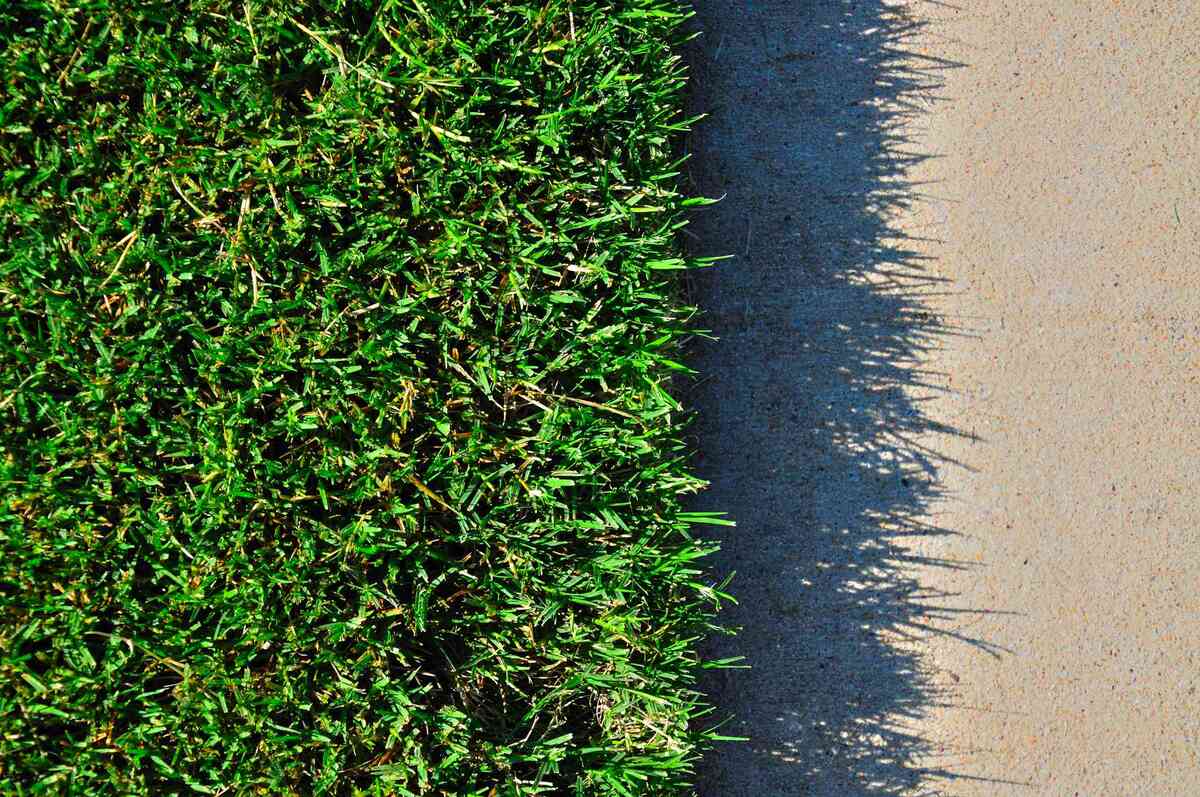
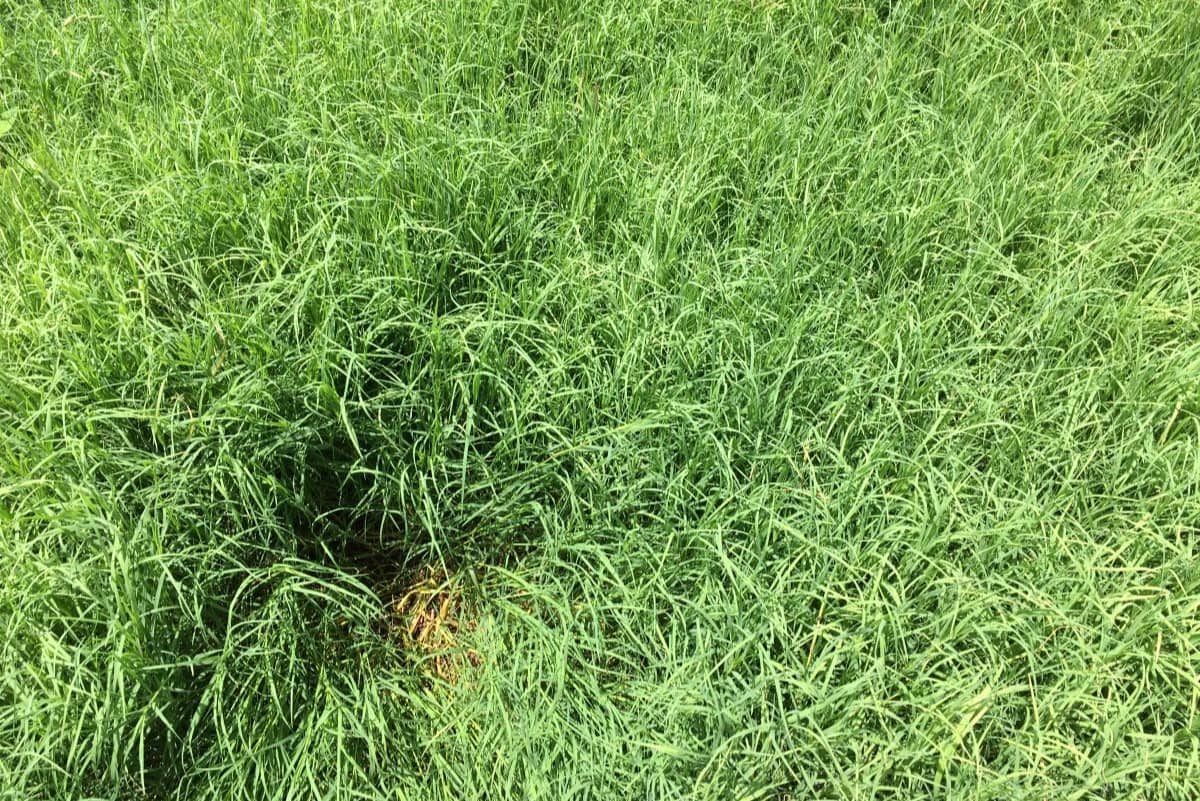
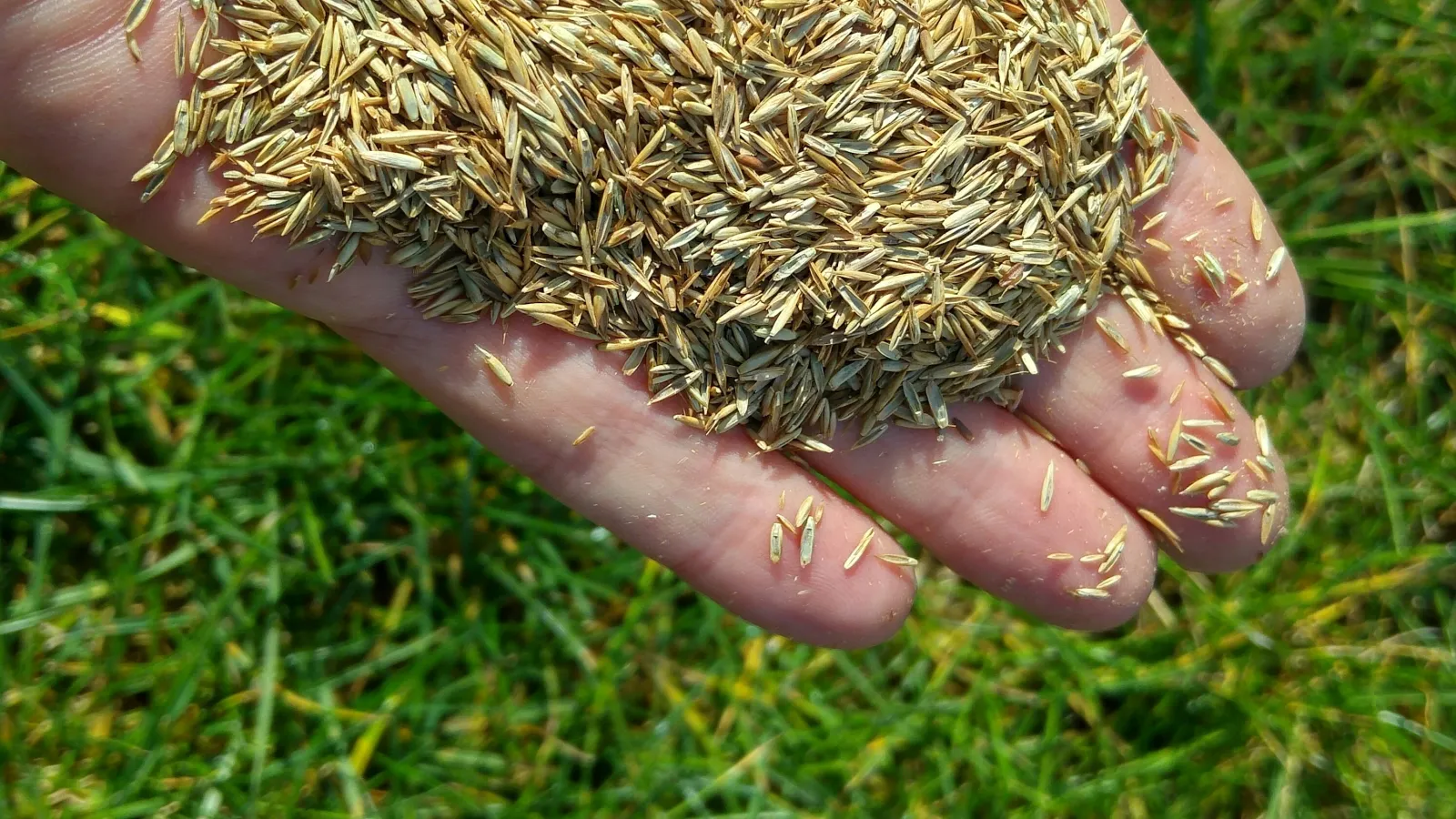
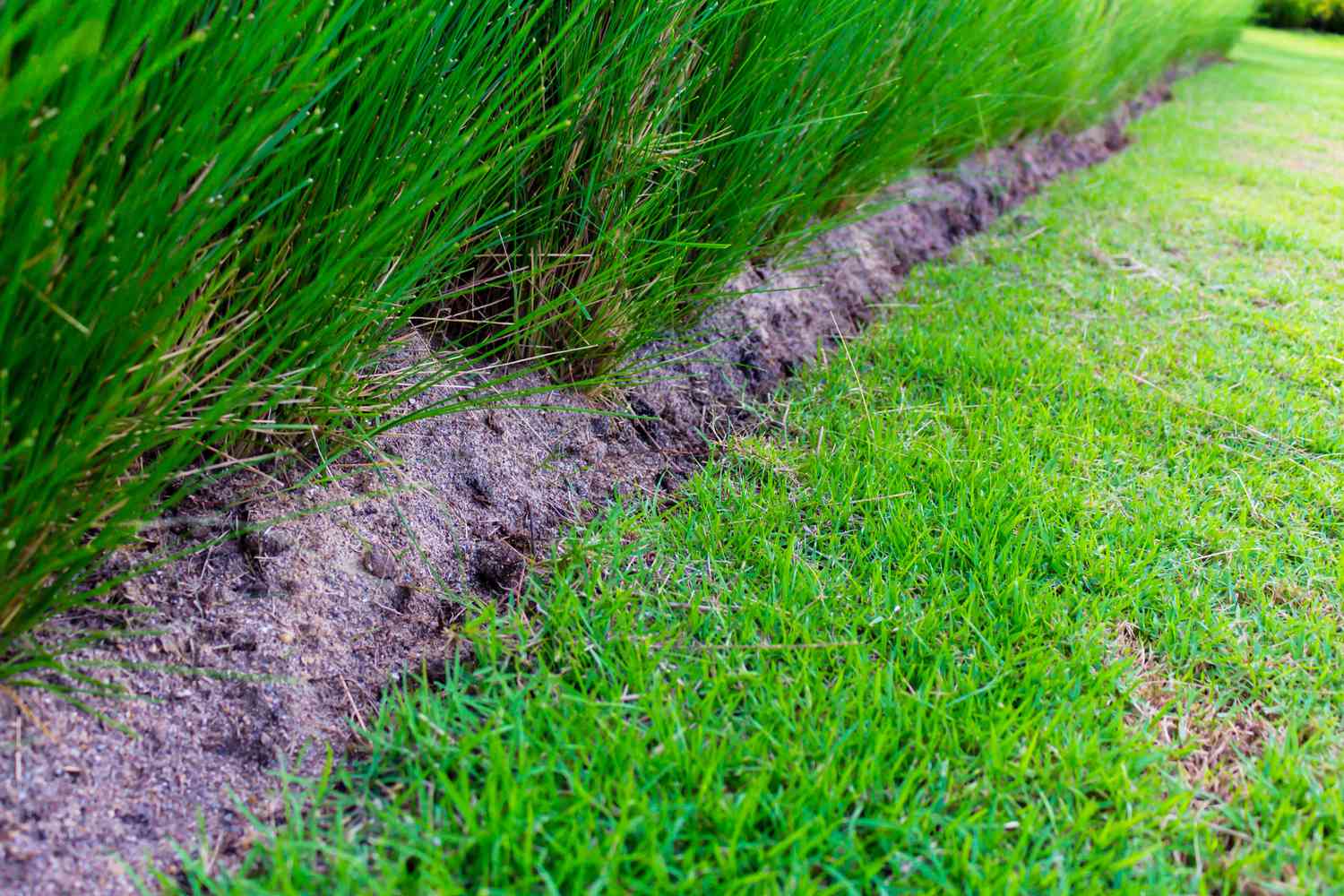
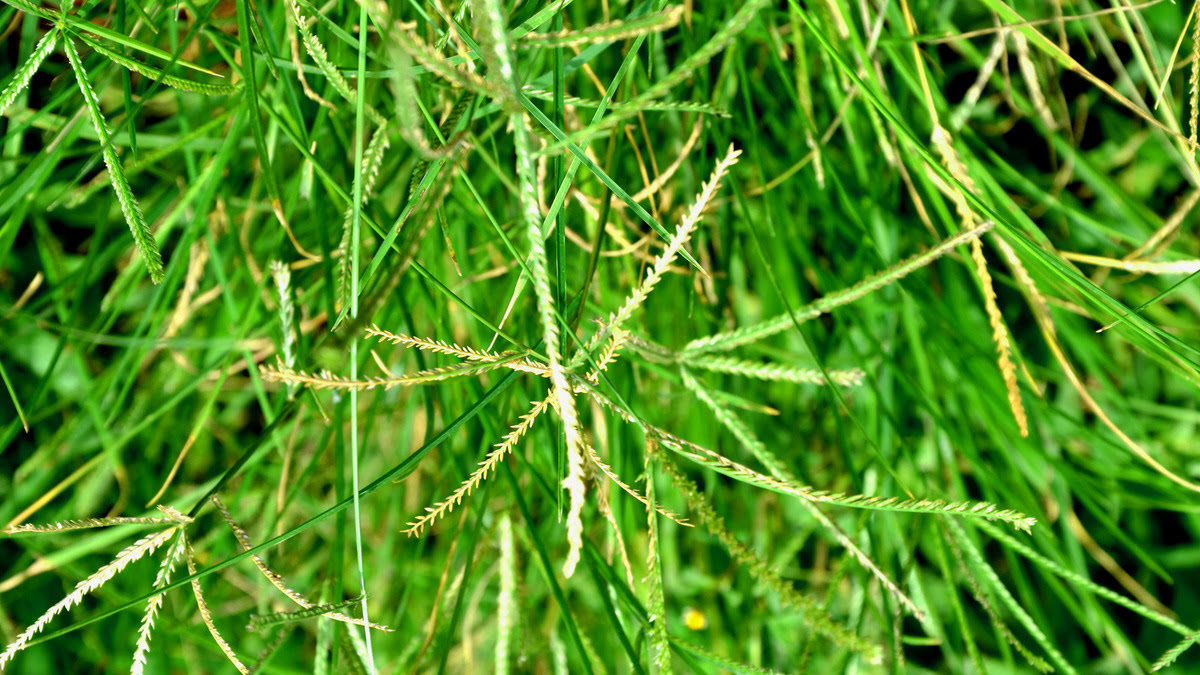
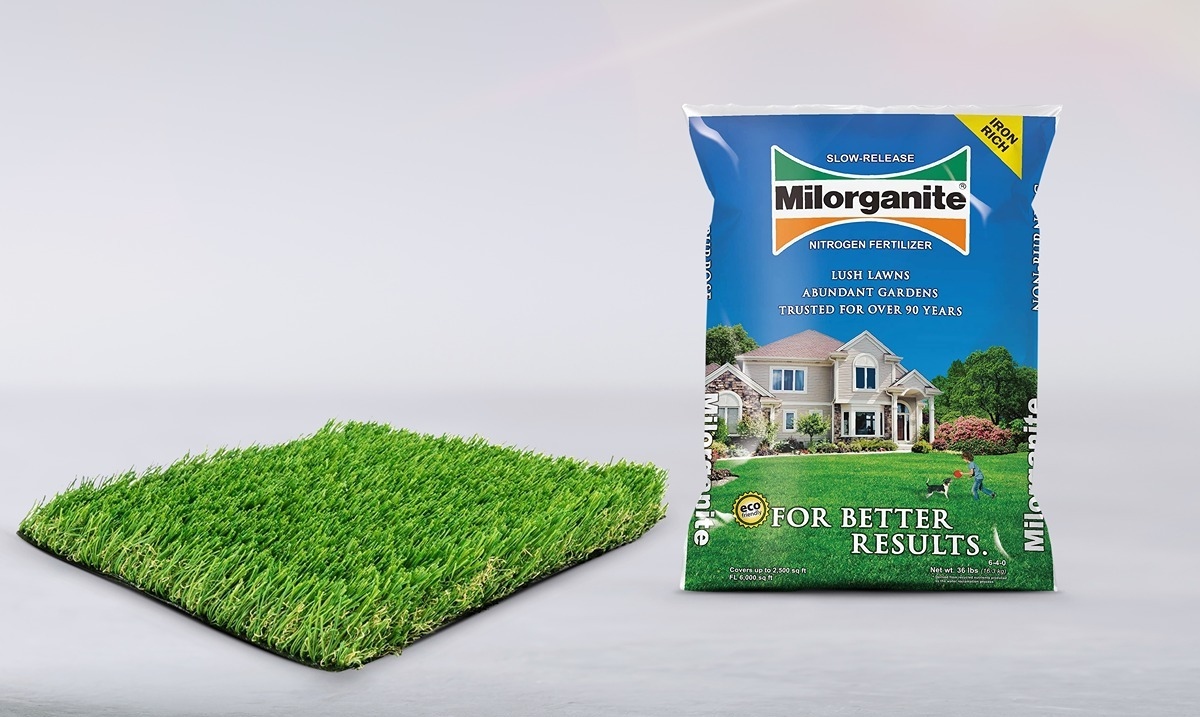
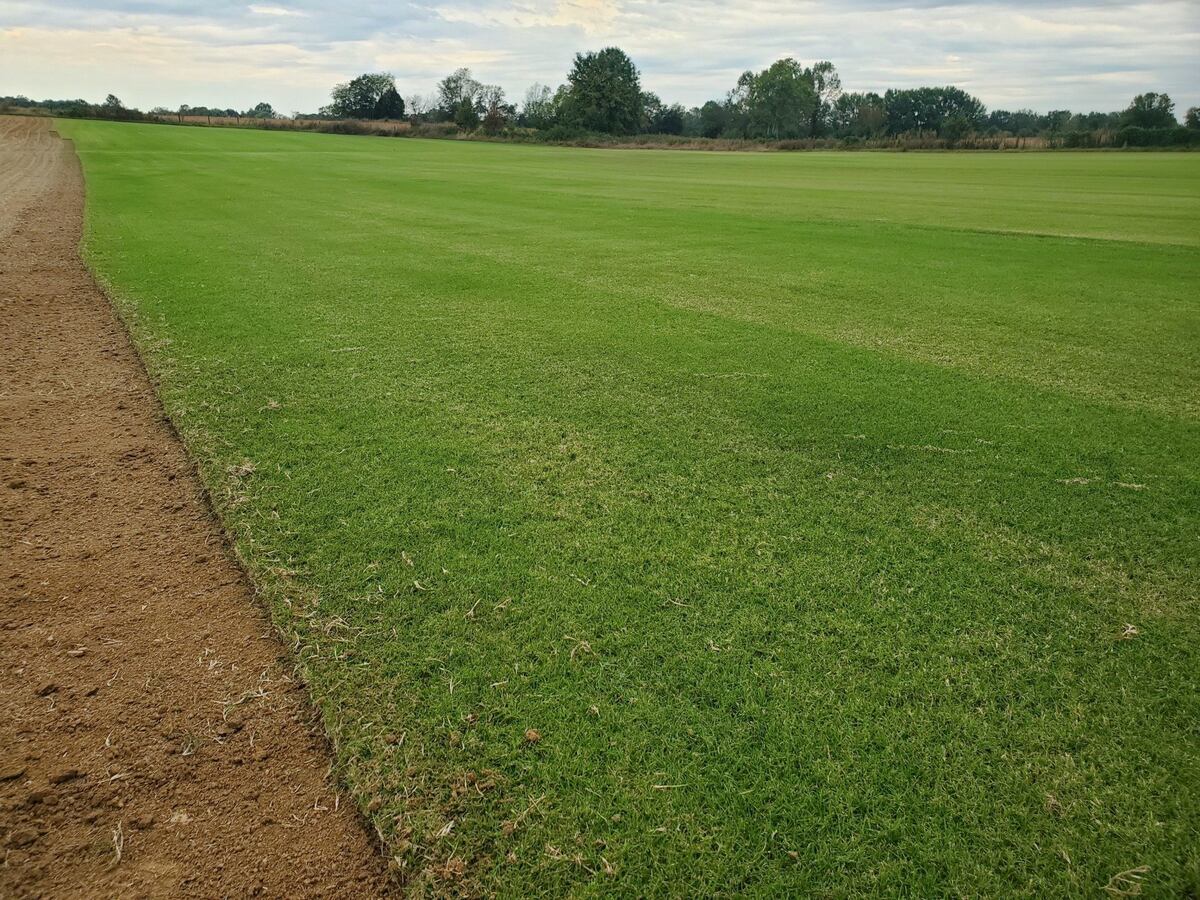
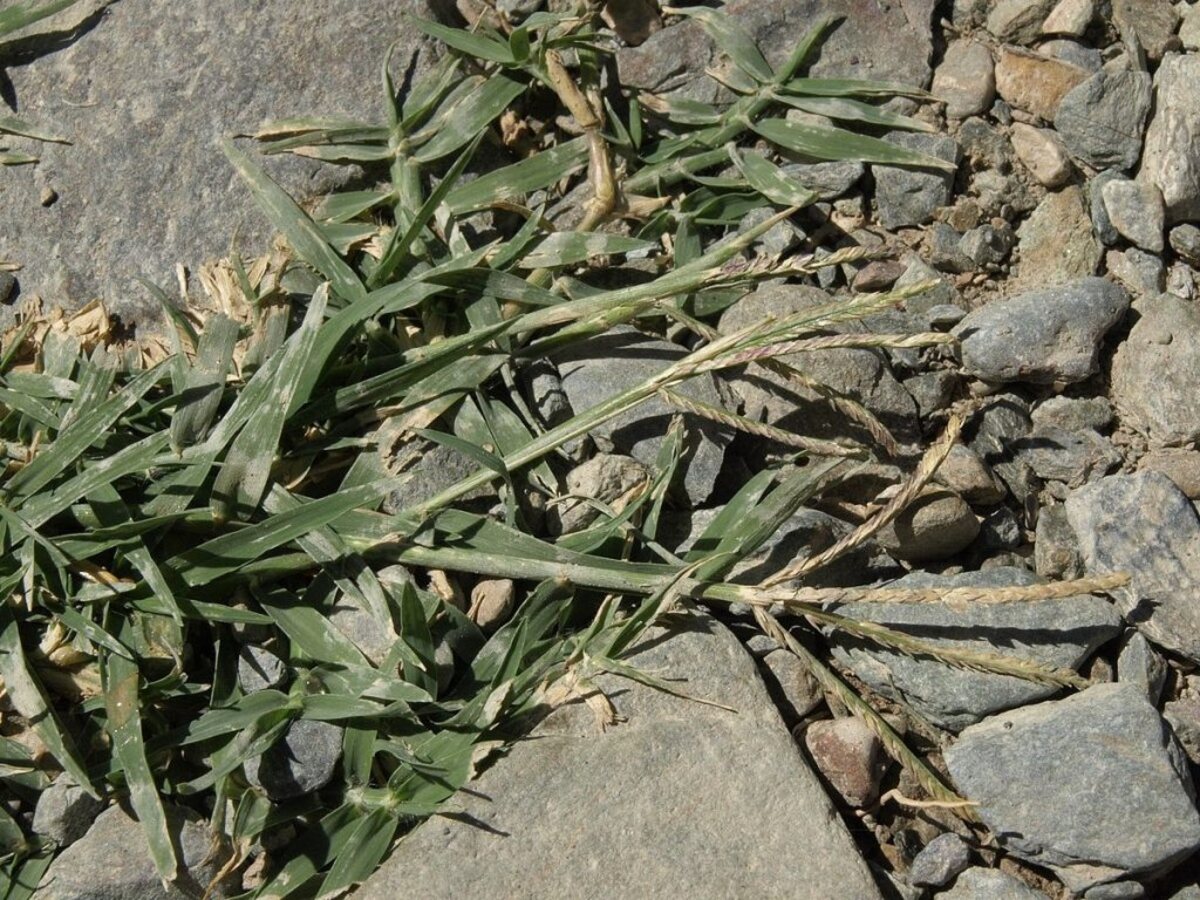
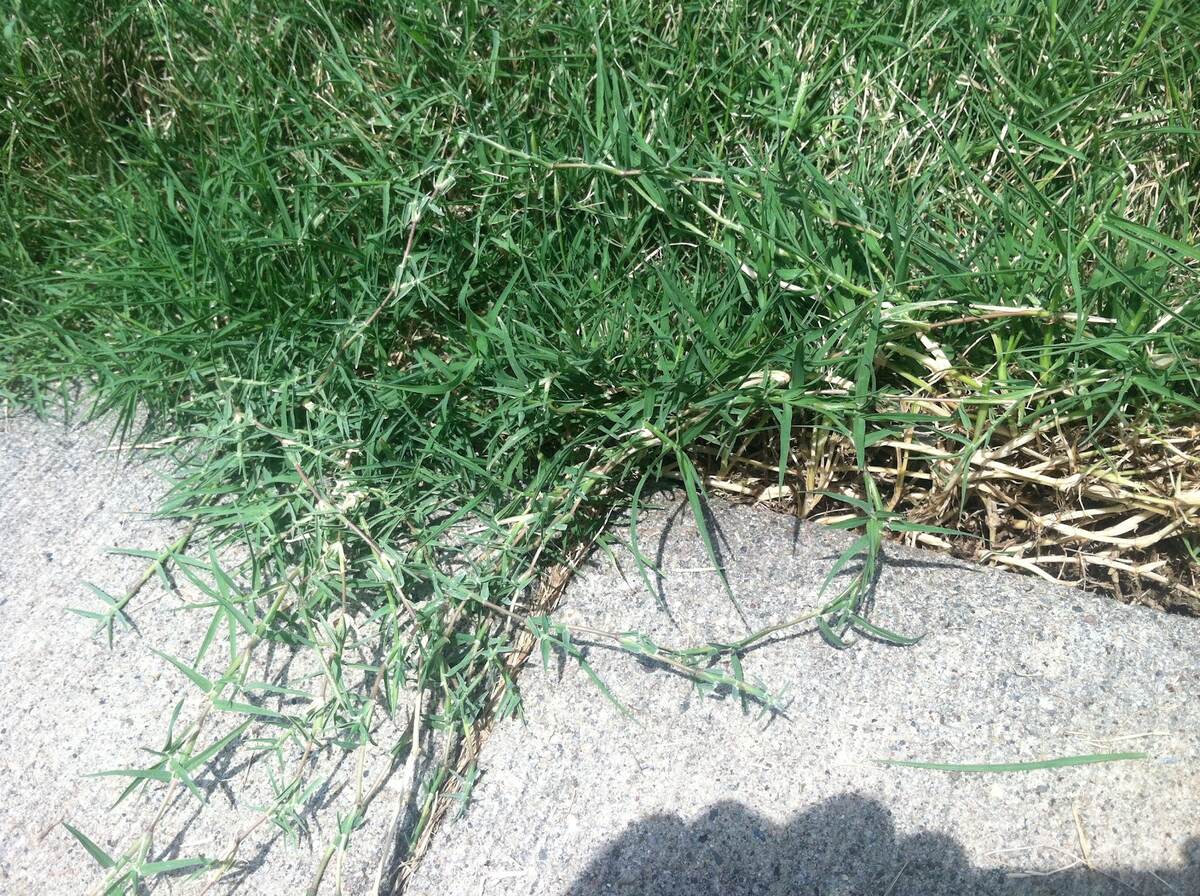
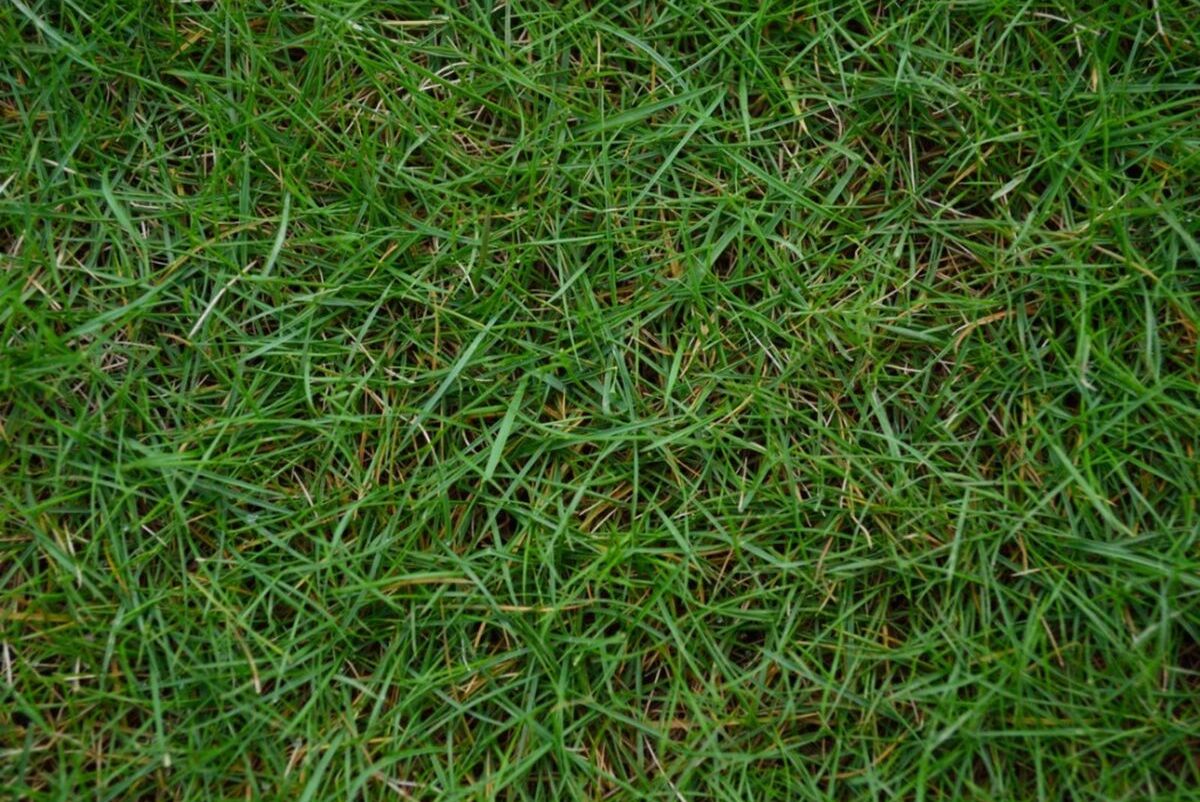
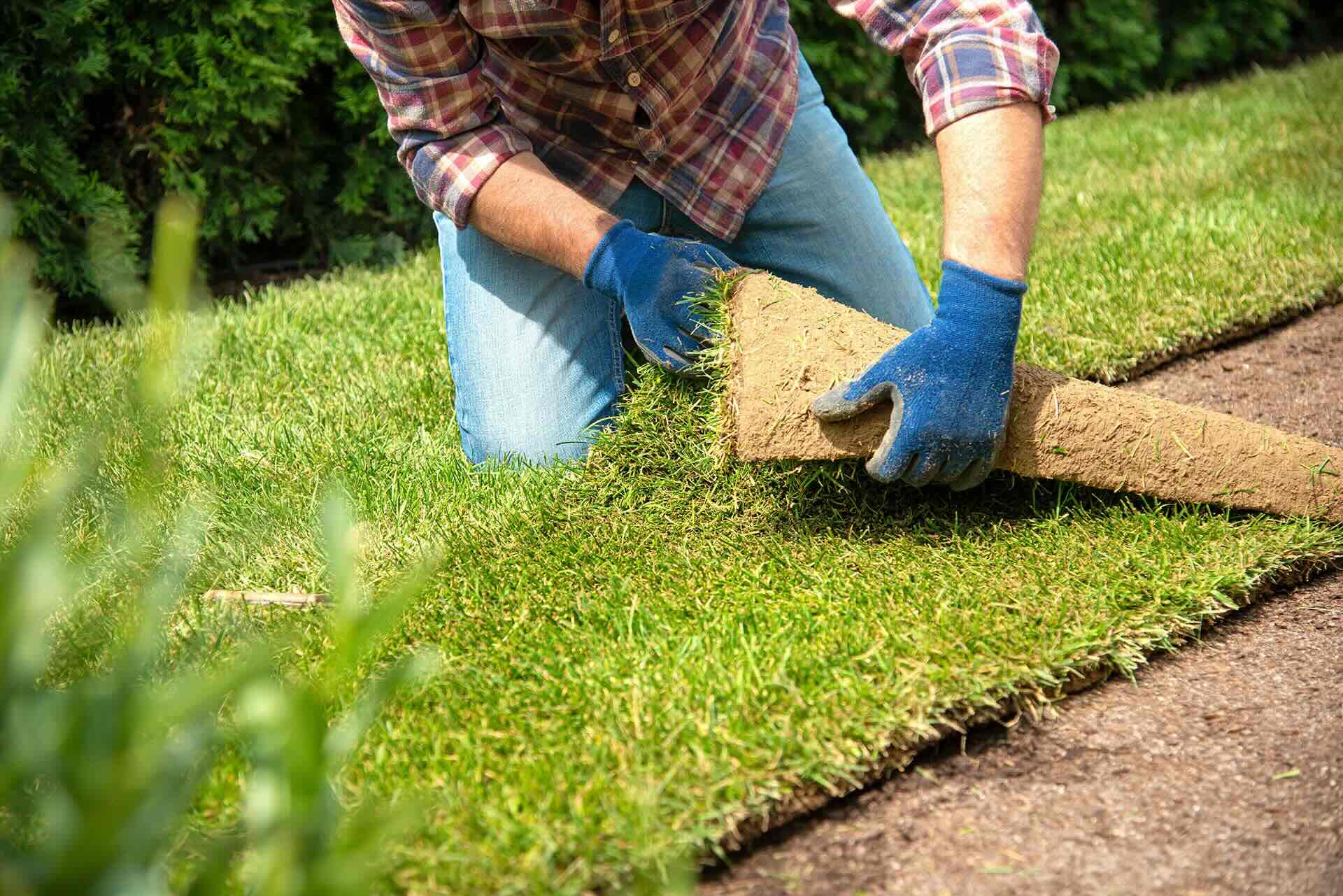
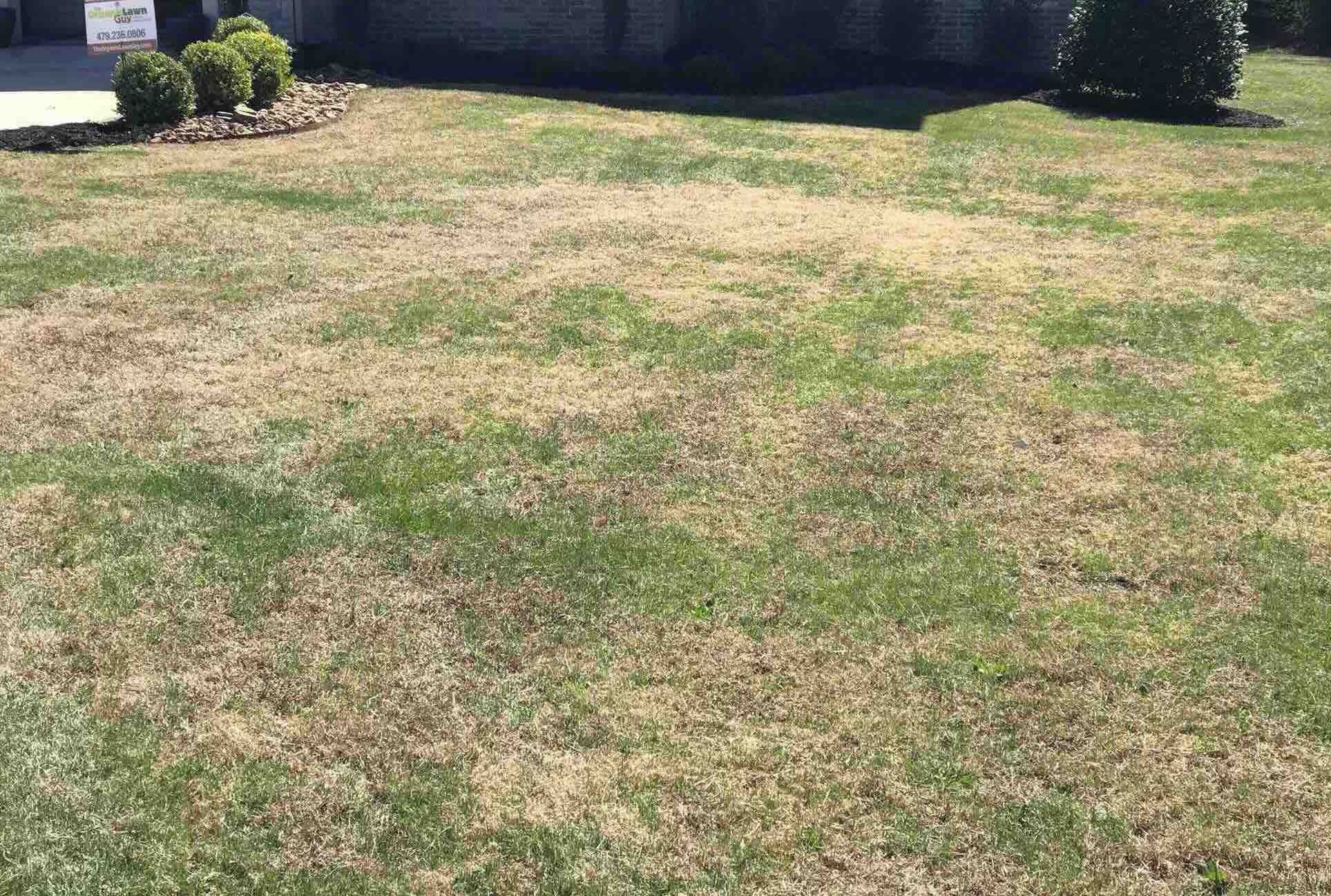
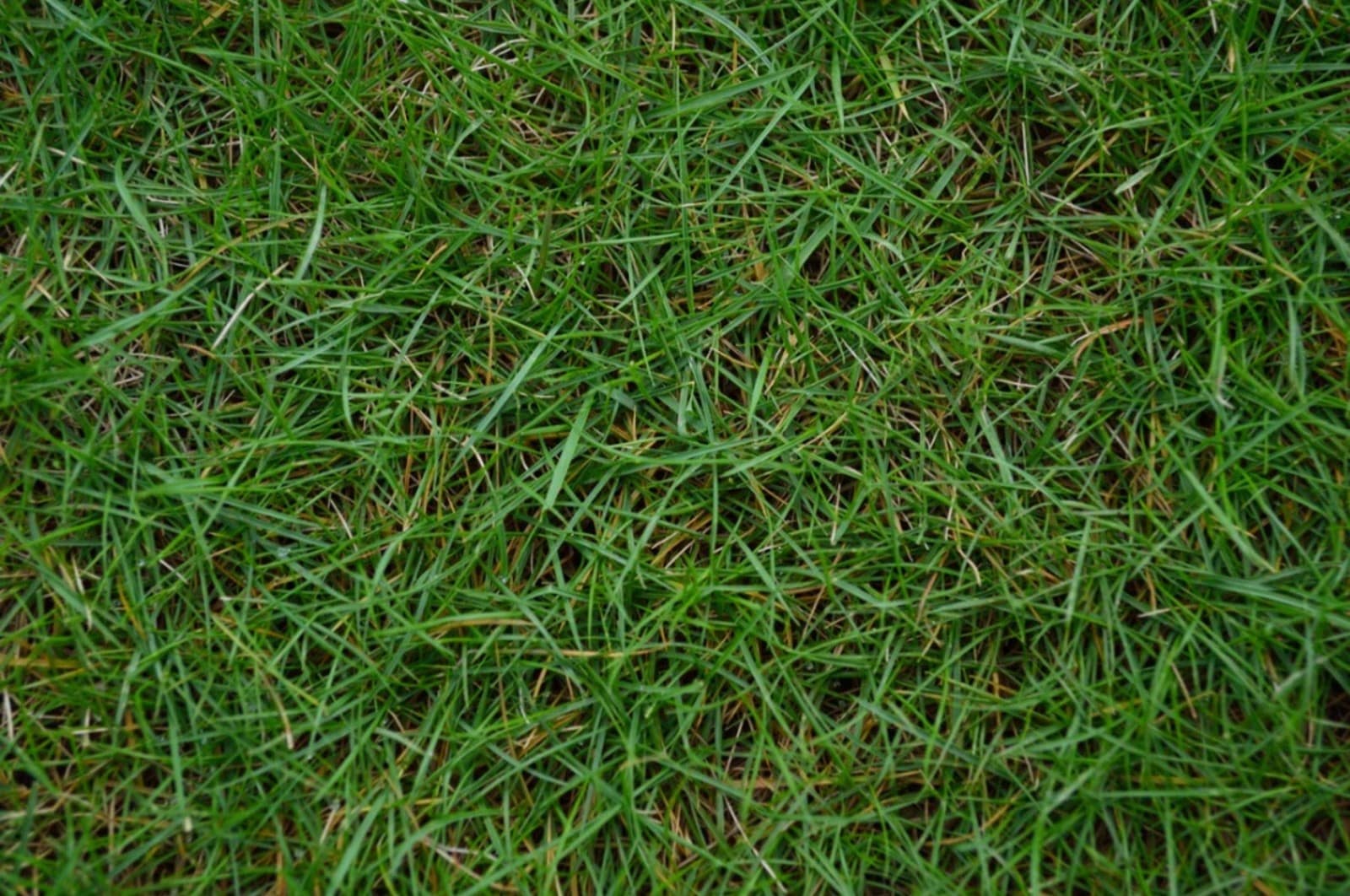
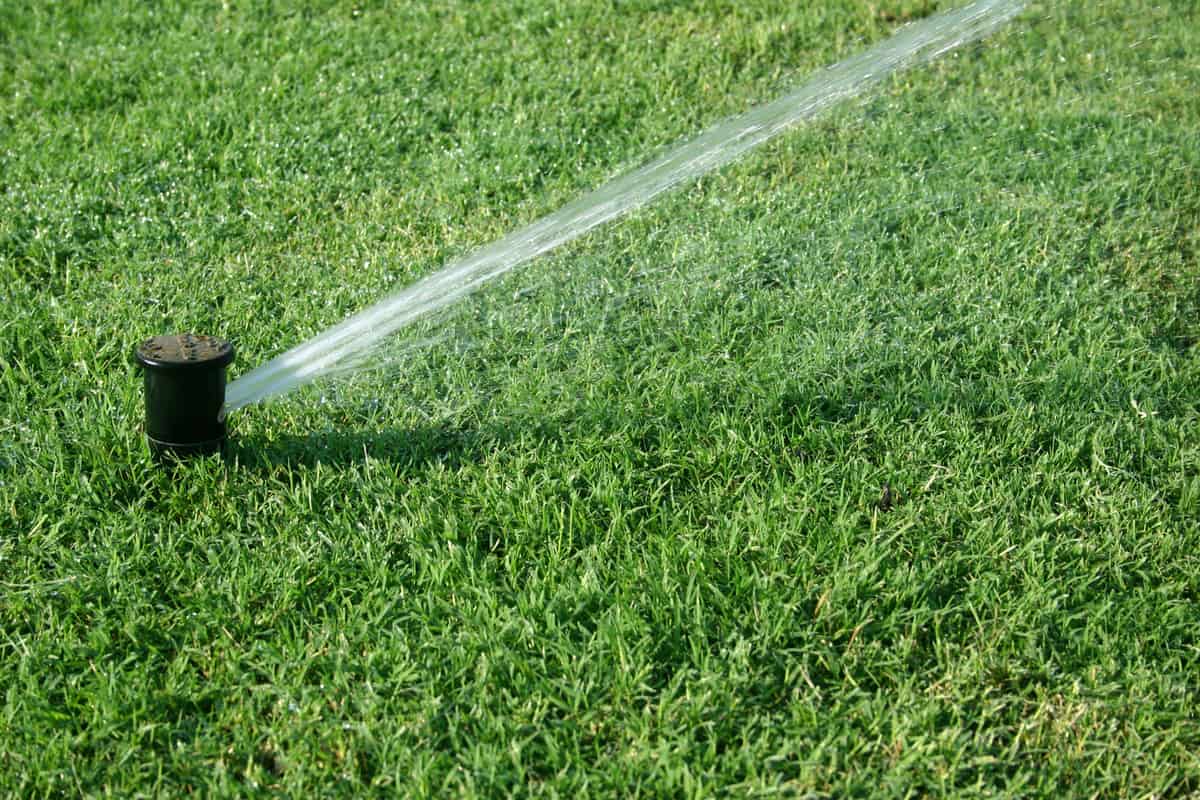

0 thoughts on “How To Recognize Bermuda Grass”